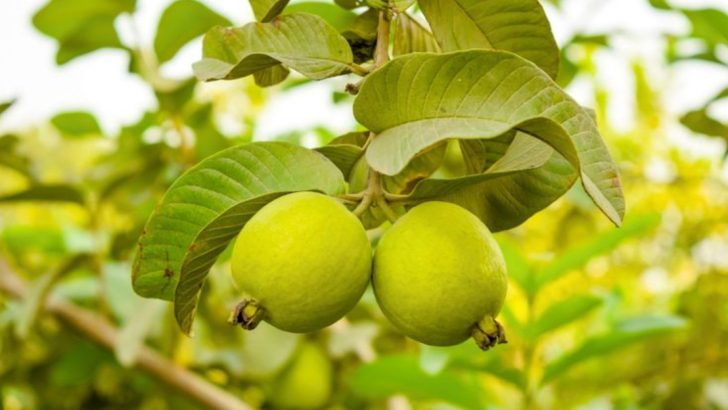Guava is your backyard’s vitamin C fortress! These little tropical powerhouses pack four times the zing of oranges—no flu shot required. Want to coax guava trees from seed, cutting, or graft? You’ll need sun that feels like a hug and soil that drains but doesn’t desert you. We’ll play with mason-jar rooting, guerrilla grafting under a shady canopy, and container tactics for patios. No fear of frost or finicky dirt pH. Each of the 15 growing hacks here is a playful dare— from guerrilla grafts that skip the nursery line to vertical planters that flaunt guava fruit at eye level. Grab a spade, a pot, or even a recycled bucket. Get ready for crunchy, zesty harvests that taste like sunshine. Your garden’s next obsession is waiting—let’s grow guava glory!
Seed Selection
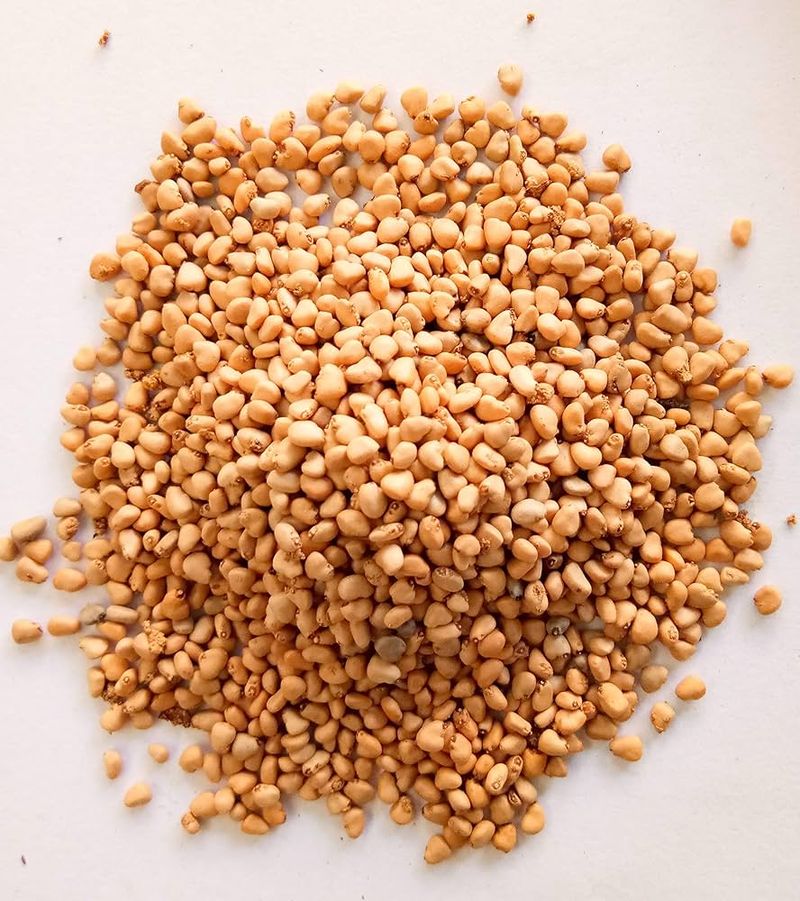
Selecting the right seeds is crucial for growing healthy guava trees. Opt for seeds from ripe guavas to ensure better germination. The age of the seed can impact its viability, so always choose fresh seeds. Begin by soaking them in warm water to soften the seed coat, which promotes faster germination.
It’s fascinating how such small seeds can lead to abundant fruit. With a keen eye, you can distinguish between viable seeds and those less likely to sprout. Paying attention to the details at this stage can make all the difference in your guava-growing journey.
Soil Preparation
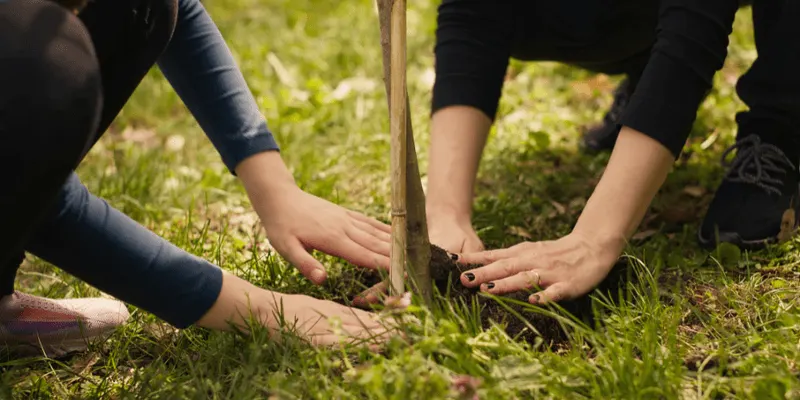
The foundation of a flourishing guava tree lies in the soil. Guavas thrive in well-draining, slightly acidic to neutral soils. Incorporate organic matter like compost to enhance soil fertility and structure. Soil pH can be adjusted with lime to create the ideal growing conditions.
Before planting, ensure the soil is free from debris and pests. A fertile ground will not only support growth but also improve fruit quality. Every gardener knows that good soil is the secret to a successful harvest, and guava is no exception.
Ideal Climate and Location
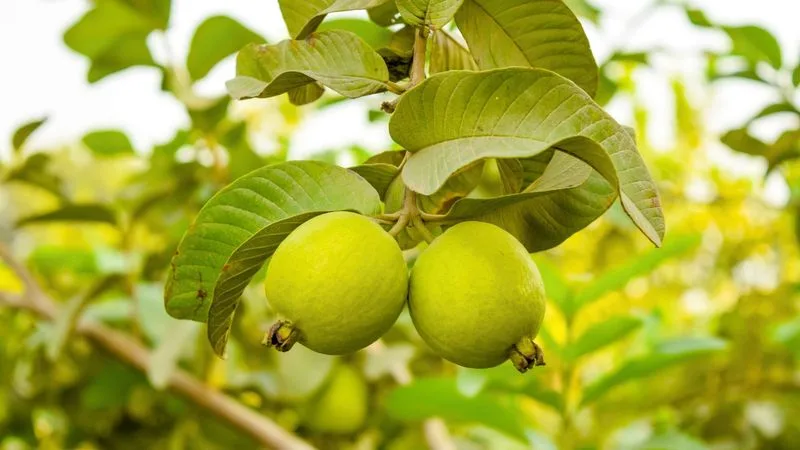
Guava trees love warmth and sunshine. They flourish in tropical and subtropical climates but can adapt to areas with mild winters. Planting your guava tree in a spot that receives full sunlight will encourage robust growth and fruiting.
Climate adaptation is one of guava’s strengths. However, it’s essential to protect young trees from harsh winds. By understanding the microclimate of your area, you can optimize the conditions for your guava trees, making them a resilient addition to your garden.
Planting Techniques
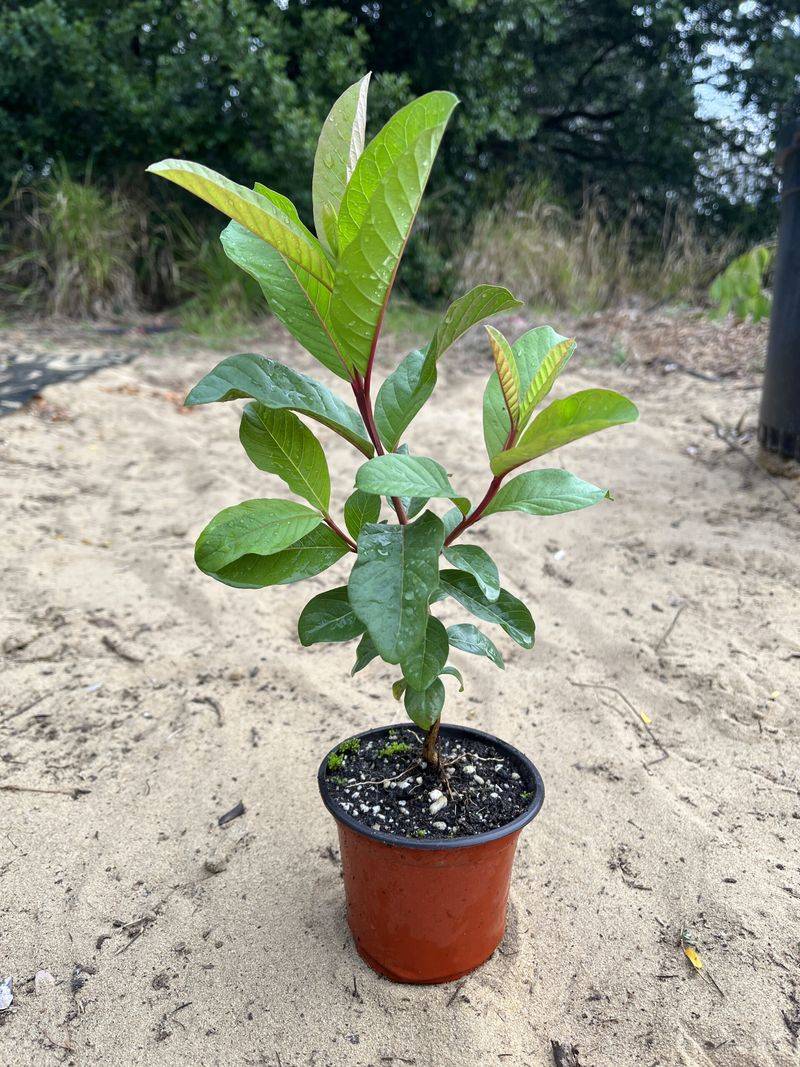
Planting guava requires precision and care. Begin by digging a hole twice the size of the sapling’s root ball. This allows roots to spread and establish quickly. Water the hole before placing the sapling to ensure moisture reaches the roots.
Guava saplings are delicate; handle them gently to avoid damaging roots. Position the plant so the graft union is above soil level. This small detail can prevent disease and encourage stronger growth, ensuring your guava tree’s success from the very beginning.
Watering Schedule
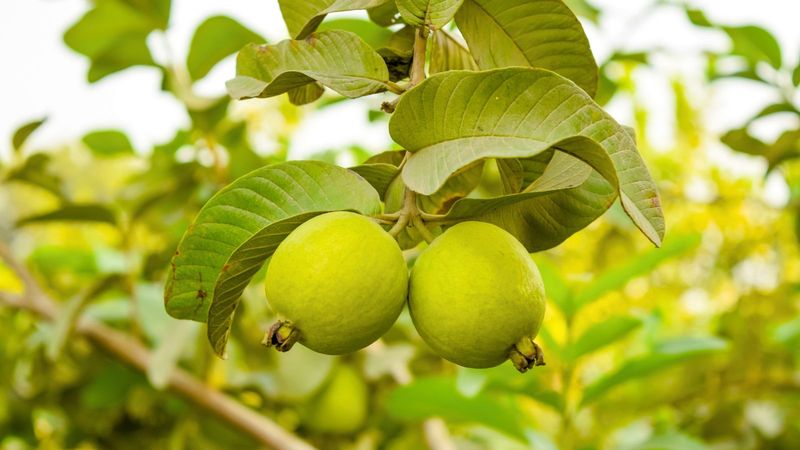
Like many fruit trees, guava requires careful watering. Too much or too little can affect growth and fruit production. Young trees need regular watering to establish strong roots, but mature trees are more drought-tolerant.
Observe your tree’s response to watering and adjust as needed. During fruiting, consistent moisture is crucial for juicy, flavorful guavas. The art of watering is about balance, ensuring your tree receives adequate hydration without waterlogging the roots, which can lead to rot.
Fertilization
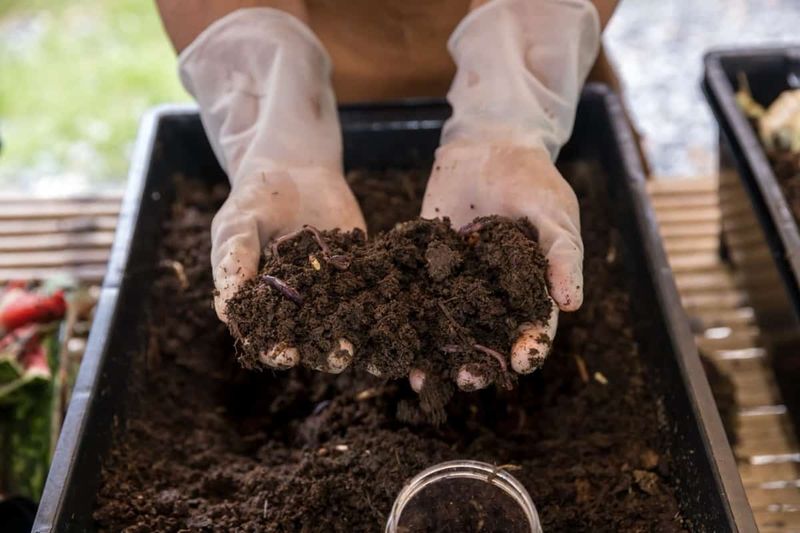
Feeding your guava tree is essential for vigorous growth and fruiting. Use a balanced fertilizer, rich in nitrogen, phosphorus, and potassium, during the growing season. Organic options like fish emulsion or composted manure are excellent choices.
Observe the foliage for signs of nutrient deficiency, such as yellowing leaves. Adjust fertilization based on the plant’s needs, promoting lush growth and plentiful fruit. With the right nutrients, your guava tree can reach its full potential and provide a bountiful harvest year after year.
Pruning Practices
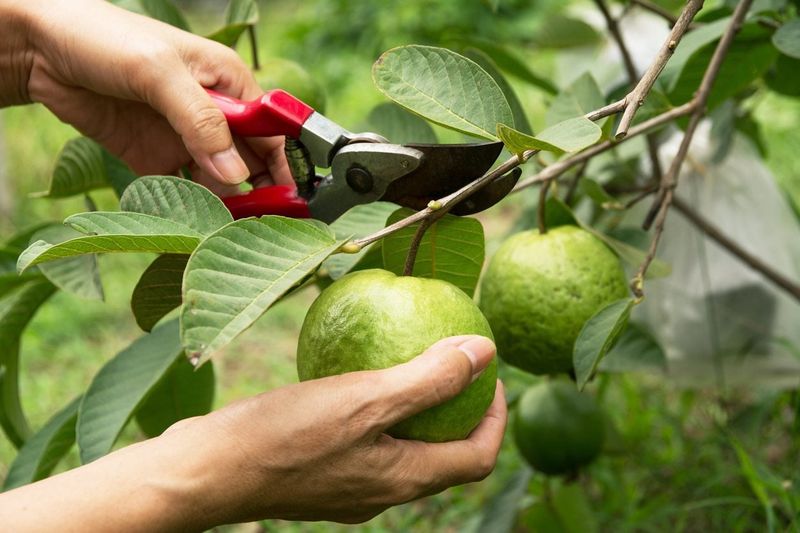
Pruning is an art that enhances the productivity and shape of guava trees. Regular pruning encourages air circulation and sunlight penetration, reducing the risk of disease. Focus on removing dead or crossing branches to encourage a strong framework.
Timing is critical; prune after fruiting to prepare for the next season. This practice not only improves yield but also keeps the tree manageable. The balance between cutting and letting grow is what makes pruning such a rewarding task for guava enthusiasts.
Pest and Disease Management
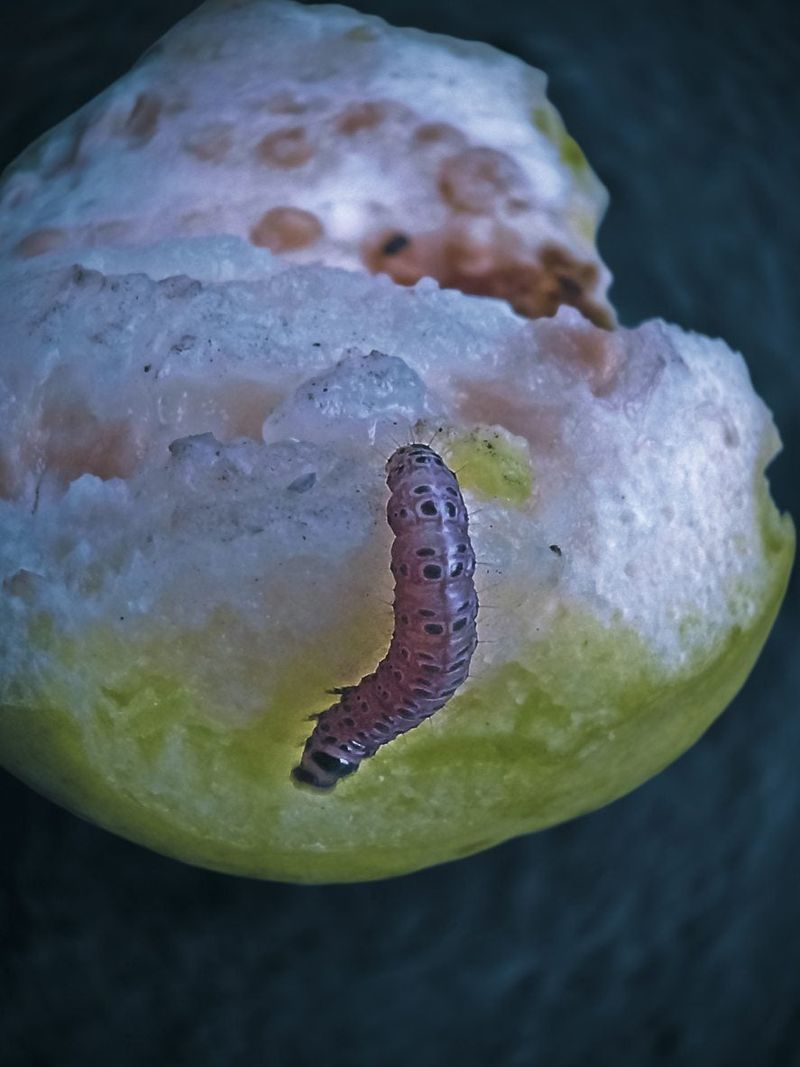
Keeping pests and diseases at bay is vital for healthy guava trees. Natural methods, such as introducing beneficial insects or using neem oil, can effectively control common pests like aphids and scale.
Regularly inspect your trees for signs of trouble. Early detection can prevent major infestations. Integrated pest management strategies are invaluable, combining various techniques to maintain a healthy, productive tree. The resilience of a guava tree is often in the hands of a vigilant gardener.
Pollination
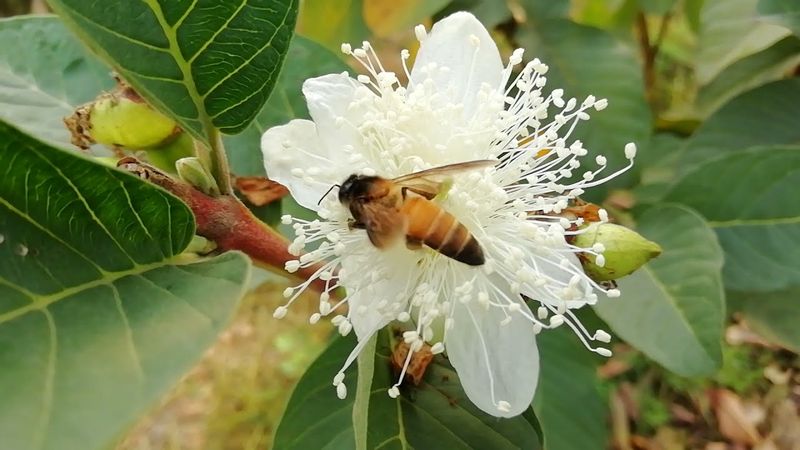
Pollination is key to successful fruiting in guavas. While these trees can self-pollinate, the presence of pollinators like bees enhances fruit set. Encouraging a pollinator-friendly environment can improve yields significantly.
Creating diverse garden habitats attracts beneficial insects. Planting companion flowers can boost pollinator activity, turning your garden into a thriving ecosystem. The dance of bees among guava blooms is a beautiful sight, promising a rich harvest.
Mulching
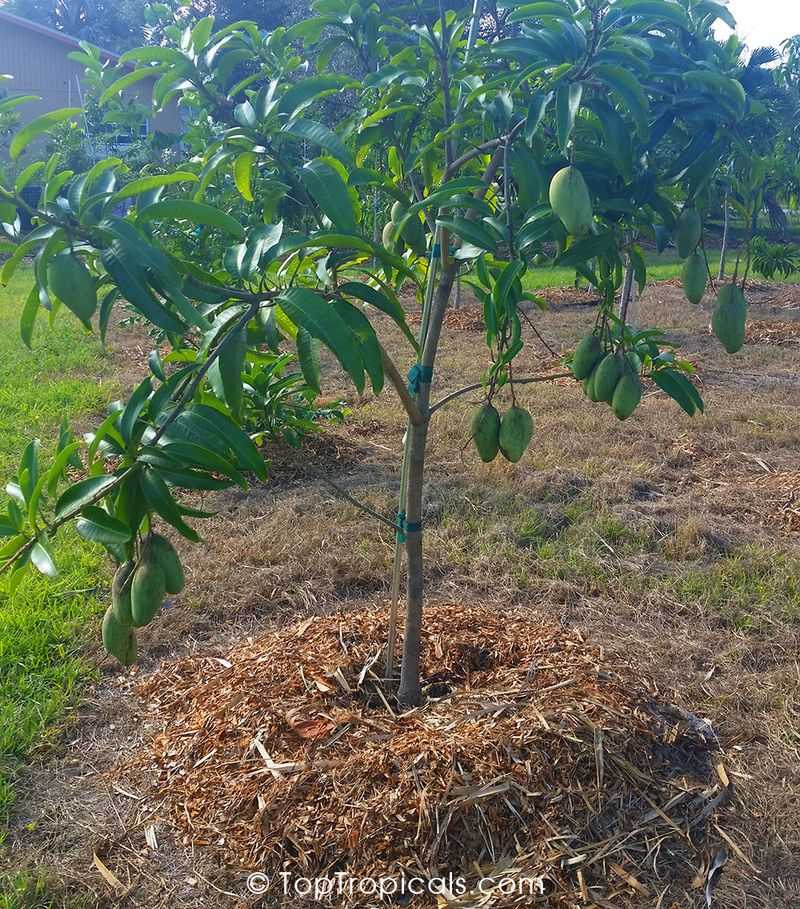
Mulching is a gardener’s ally, offering numerous benefits for guava trees. It retains soil moisture, suppresses weeds, and regulates temperature. Organic mulches like straw or wood chips add nutrients as they decompose.
Apply a thick layer around the base, avoiding direct contact with the trunk to prevent rot. Mulching transforms the tree’s environment, supporting healthy growth. It’s a simple step with a big impact, making it a staple in sustainable horticulture practices.
Grafting Techniques
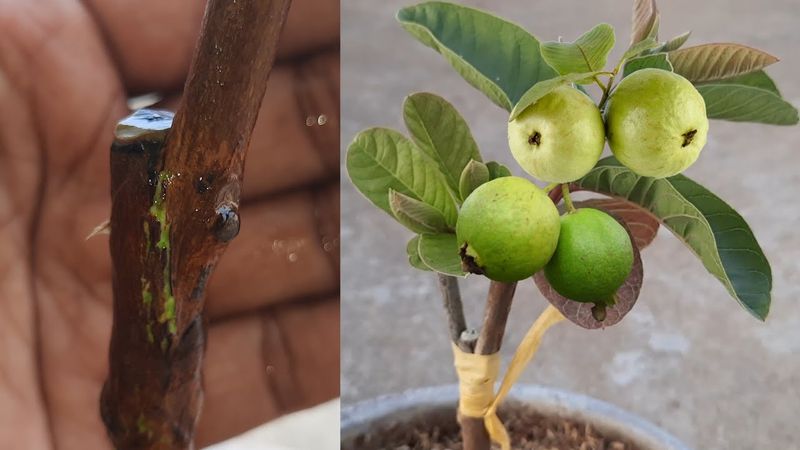
Grafting enhances guava production by combining desirable traits from different varieties. Choose compatible scion and rootstock for successful grafting. This technique can lead to improved fruit size, taste, and disease resistance.
The process requires skill and patience, but the results are rewarding. Grafting opens up possibilities for cultivating unique guava varieties in your own garden. It’s a blend of science and art, fostering innovation in fruit cultivation.
Harvesting Tips
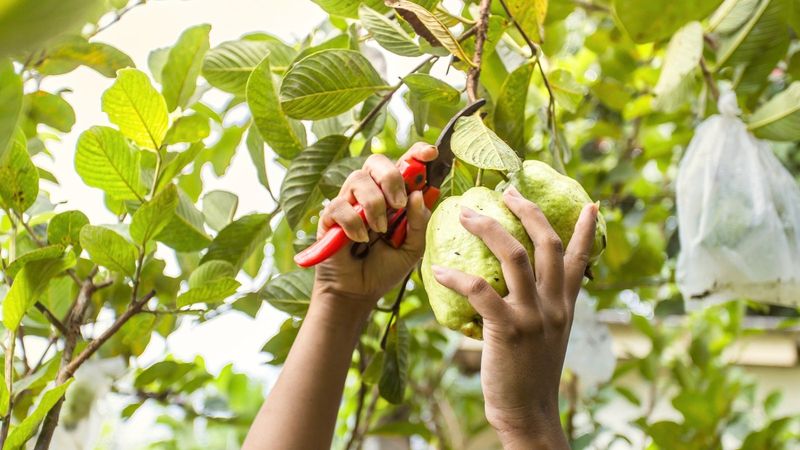
Harvest time is an exciting period for guava growers. Knowing when to pick is crucial for flavor and shelf life. Guavas ripen off the tree, so select those with a change in color and slight softness.
Handle fruit gently to avoid bruising, which can degrade quality. A well-timed harvest ensures that you enjoy the sweet, aromatic taste of fresh guavas. It’s the culmination of your efforts, a rewarding experience that brings joy to every gardener.
Container Growing
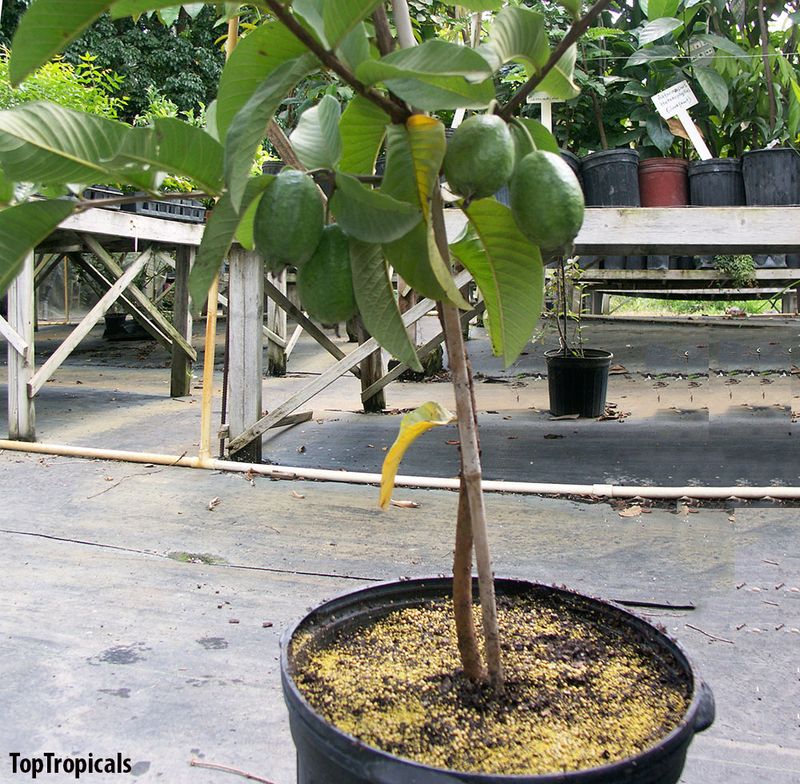
Limited space doesn’t mean you have to miss out on growing guavas. Container gardening allows urban dwellers to enjoy this superfruit. Choose a large container with good drainage and fill it with quality potting mix.
Regular watering and fertilization are key, as container plants dry out faster. With the right care, a potted guava tree can thrive, producing fruit in small spaces. It’s a testament to guava’s adaptability, providing urban gardeners a chance to cultivate their own tropical oasis.
Cold Protection
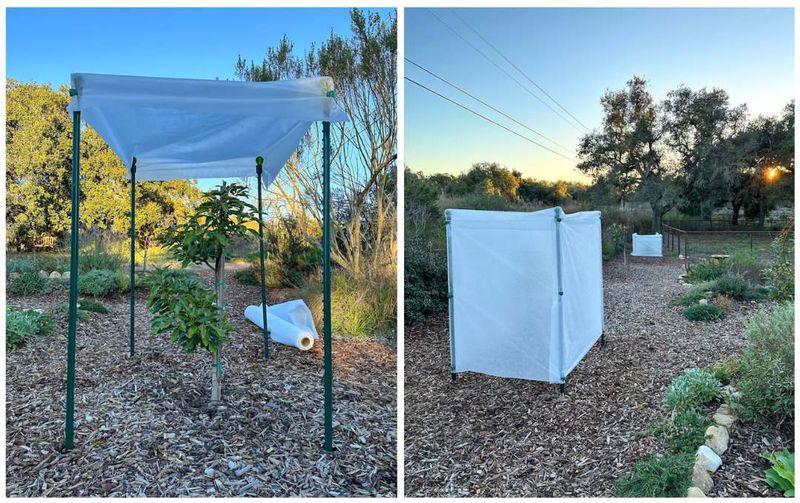
In regions with cooler climates, protecting guava trees from frost is essential. Use frost cloths or blankets to shield young plants during cold snaps. Mature trees are hardier, but extra care can help them thrive.
Consider positioning your guava next to a south-facing wall for added warmth. These protective measures ensure your guava tree survives adverse conditions, allowing you to enjoy fruit even in less-than-ideal climates. It’s about safeguarding your investment and nurturing life despite the odds.
Companion Planting
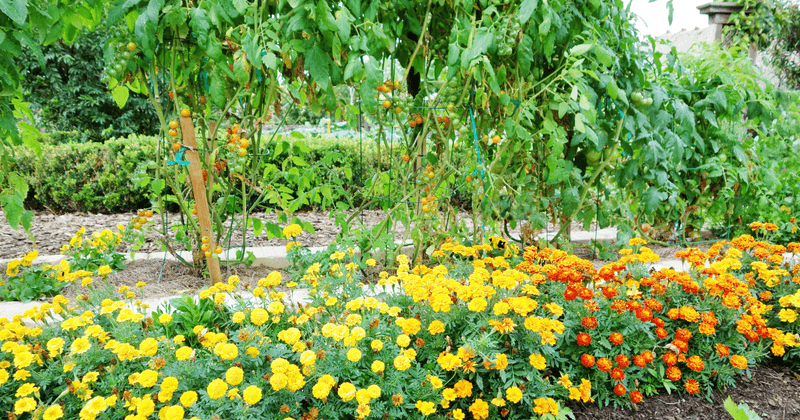
Cultivating guavas alongside compatible plants can enhance growth and pest resistance. Marigolds repel harmful insects, while legumes fix nitrogen in the soil, benefiting guava trees.
Design your garden with biodiversity in mind. Companion planting creates a resilient ecosystem, where plants support each other. It’s a natural approach that boosts productivity and enriches the growing environment. By embracing this method, you encourage a healthier, more balanced garden.

